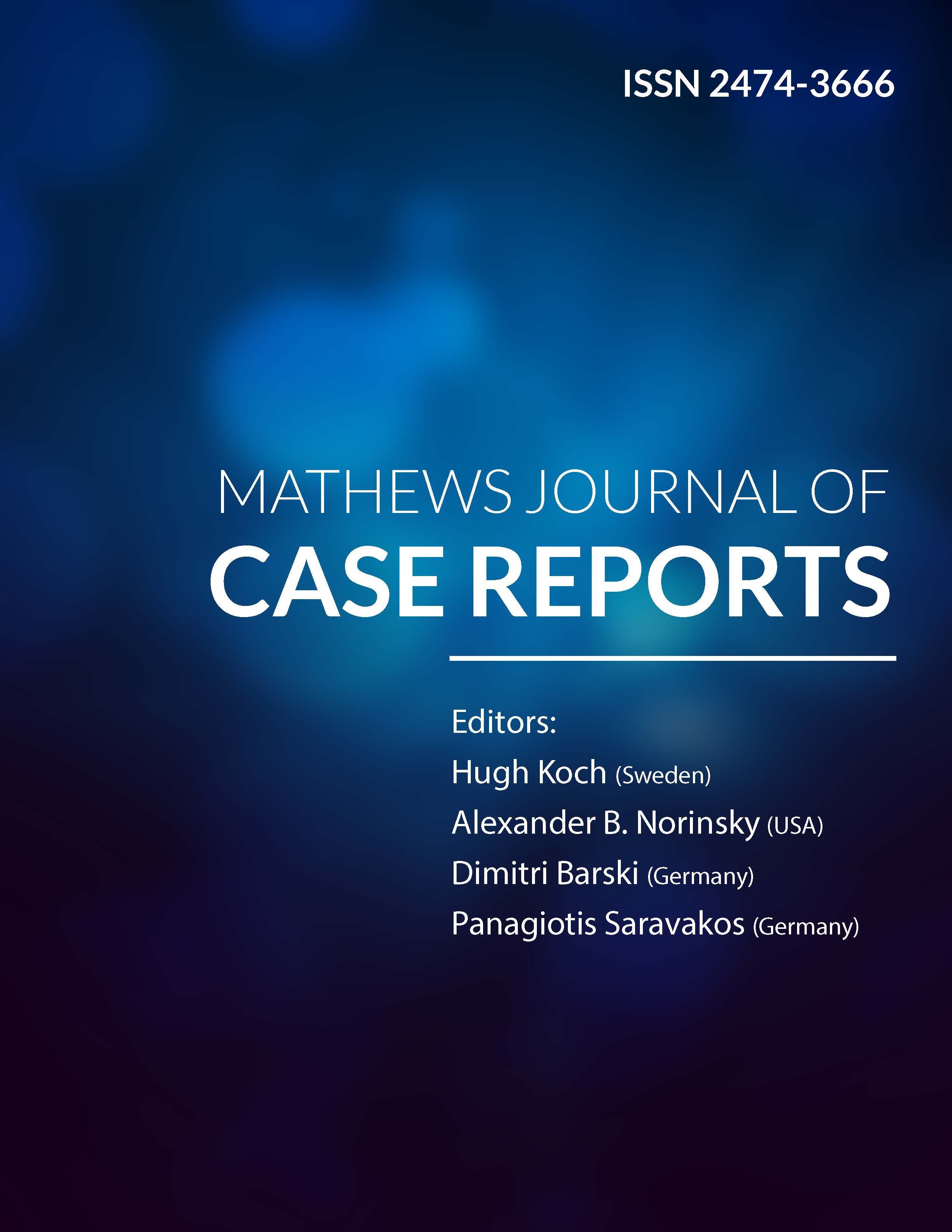
Information Links
Previous Issues Volume 3, Issue 2 - 2018
Amyand’s Hernia, an Unusual Inguinal Hernia. A Case Report
Eduardo Esteban-Zubero1 *, Myriam Andrés-Matías2 , Moisés Alejandro Alatorre-Jiménez3,4, Alejandro Marín-Medina5 , Laura Morros-Blanco6 , Ada Soto Brambila5 , Sabrina Diaram- Strand4 , Carlos Arturo López-García7 , Daniela Delgado de Lara8 , Cristina García-Muro9
1 Emergency Department, Hospital San Pedro, Logroño, Spain.
2 Department of Surgery, Hospital San Pedro, Logroño, Spain.
3 Department of Pediatrics, SUNY Downstate, Brooklyn, NY, USA 11203
4 Research Department, Asociación Mexicana de Atrofia Muscular Espinal (AMAME). Chápala 26, 44101. Guadalajara, Mexico.
5 Department of Genetics, Western biomedical research center, Mexican Institute of Social Security. Guadalajara, Mexico.
6 Elizalde Health Center, Logroño, Spain
7 Department of Pathology and Genomic Medicine, Methodist Hospital, Weill Medical College of Cornell University, Houston, USA
8 Department of Neuroscience, Western biomedical research center, Mexican Institute of Social Security, Guadalajara, Mexico
9 Department of Pediatrics, Hospital San Pedro, Logroño, Spain.
Corresponding Author: Eduardo Esteban Zubero, Emergency Department of Hospital San Pedro. Calle Piqueras 98. ZIP Code: 26006. Logroño, Spain, Tel: +34654123994; E-Mail: [email protected]
Received Date: 17 Sep 2018
Accepted Date: 10 Oct 2018
Published Date: 11 Oct 2018
Copyright © 2018 Esteban-Zubero E
Citation: Esteban-Zubero E, Andrés-Matías M, AlatorreJiménez MA, Marín-Medina A, et al. (2018). Amyand’s Hernia, an Unusual Inguinal Hernia. A Case Report. Mathews J Case Rep 3(2): 041.
ABSTRACT
A 60 years old man was admitted in the Emergency Room referring right inguinal pain. The symptomatology was initiated 4 hours before and the patient did not refer any further symptoms. Physical examination revealed a tender and not erythematous mass difficult to reduce in the right inguinal area. An ultrasonography was also realized observing a hernial sac in the inguinal area, which presents approximate diameters of 32x12x11 milimeters. Abdominal fat content as well as the vermiform appendix without inflammatory changes were observed inside the hernial sac. The presence of the vermiform appendix inside the hernial sac is known as Amyand's hernia. Inguinal hernia was reduced totally and the patient was discharged from the Emergency Room realizing an elective hernioplasty with mesh in a second time.
Amyand's hernia is a rare entity defined by the presence of the vermiform appendix into an inguinal hernia. This pathology has an incidence of 1% and is complicated by acute appendicitis in 0.1 % of cases. It is more frequently observed in neonates and in older male patients. Diagnosis may be produced during the surgery if the vermiform appendix is not altered, or previously if the appendix is inflamed, perforated, or gangrenous due to the clinical symptoms as well as diagnosis tests performed (ultrasound or computed tomography). Classical treatment includes appendectomy, drainage of abscesses if existent, reduction of hernia, and hernioplasty. If exists inflammation, peritonitis or cecum incarceration, right hemicolectomy might be necessary. However, if appendix is not inflammated, prophylactic appendectomy is discussed.
KEYWORDS
Amyand's Hernia; Inguinal Hernia; Abdominal Pain; Strangulated Hernia.